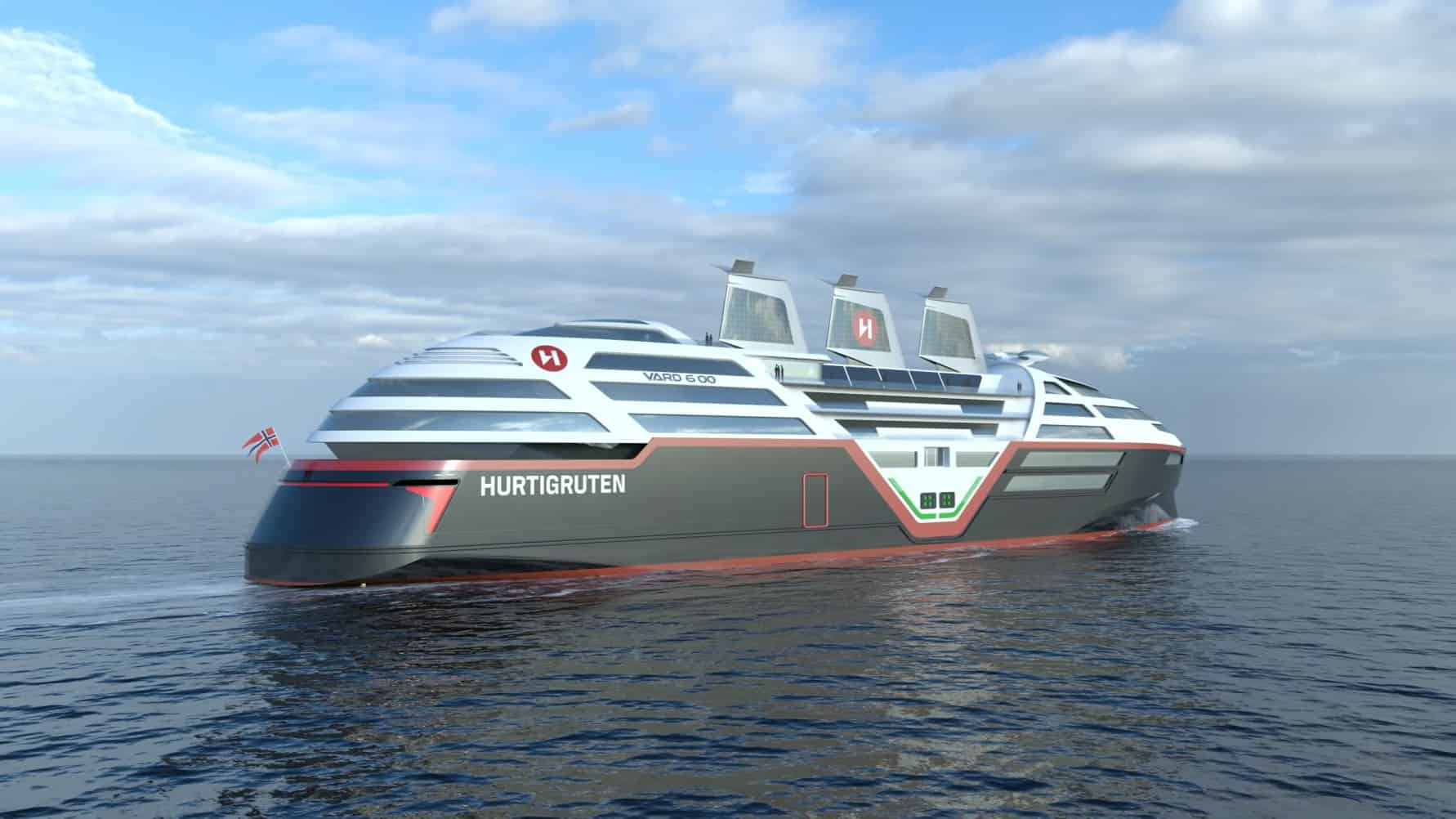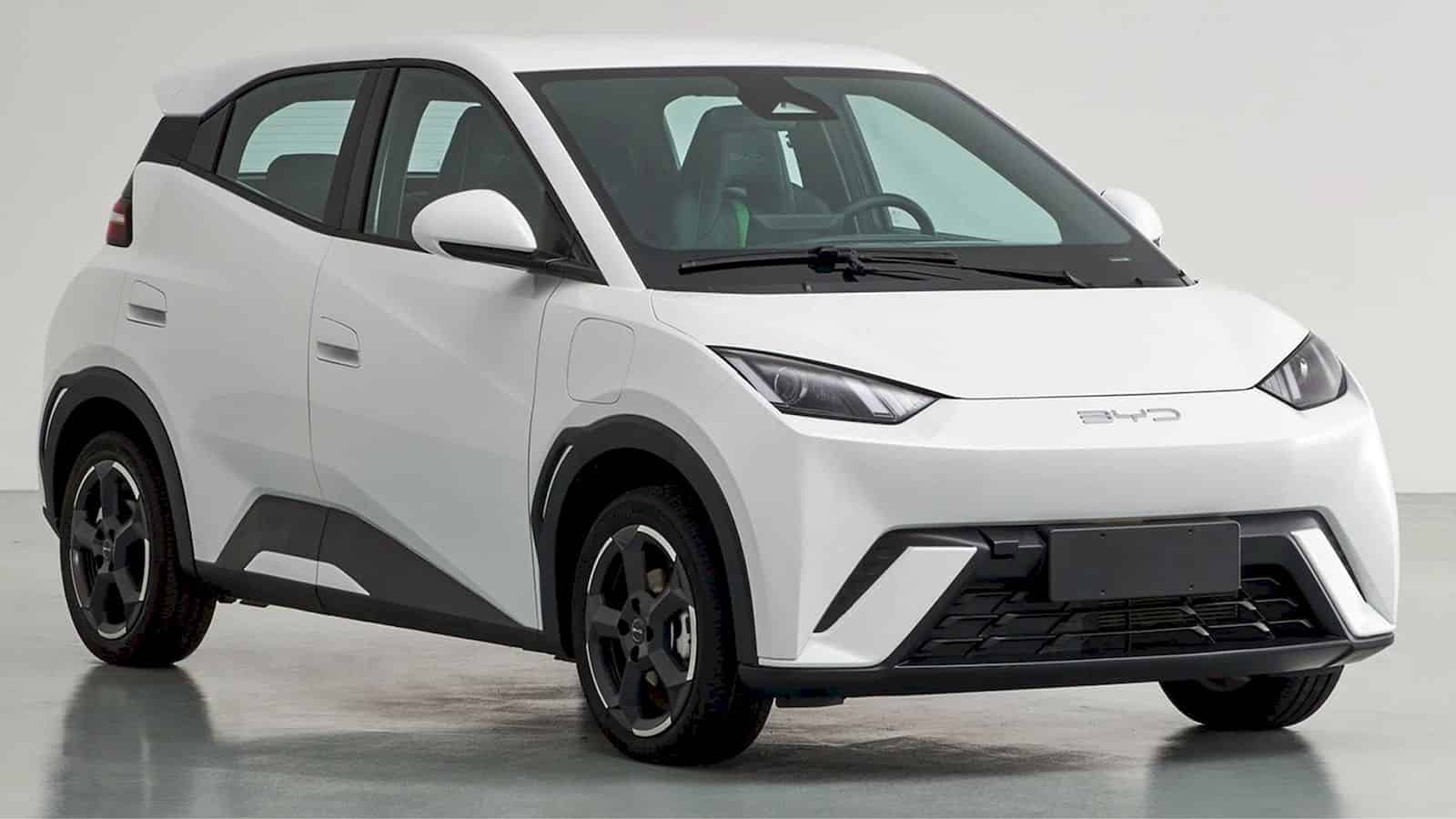
The electric ship market is set to surge from EUR 3.2 billion in 2022 to EUR 14.2 billion by 2030. This market expansion is driven by growing demand for hybrid and fully electric vessels, such as ferries, yachts, cruise ships, container ships, and cargo ships. Key factors contributing to this growth include the need to reduce carbon emissions, the push for zero-emission transport systems, and advances in energy storage systems like lithium-ion batteries. Europe is currently dominating the market.
Market segments and opportunities
One significant market segment in the electric ship industry is the 75-150 kW power range, which encompasses medium-sized passenger ferries. The transition to electric ferries is a crucial step in reducing emissions from conventional propulsion engines in maritime tourism. Another prominent market segment is the energy storage system, which includes batteries, ultra-capacitors, flywheels, and fuel cells used in various ship types. Among these, lithium-ion batteries have become the most popular choice for short-range, fully electric, zero-emission ferries.
Hybrid propulsion technology offers promising opportunities for larger ships. This technology combines electric and traditional propulsion systems, providing operational flexibility, reduced emissions, and improved fuel efficiency. In addition, manned ships, or traditional crewed vessels, are expected to dominate the electric ships market during the forecast period, driven by the retrofitting of diesel-driven ships with electric and hybrid propulsion systems.
Environmental impact and health concerns
International shipping is a significant contributor to air pollution, producing approximately 20 million tons of sulphur oxide annually. A single large cargo ship can emit as much CO2 as 70,000 cars, while international shipping accounts for 18-30% of atmospheric nitrogen oxide emissions. Most ship emissions occur within 400 km of the mainland, raising public health concerns and making the case for electric ships even more compelling.
With international shipping accounting for 2-3% of global energy-related CO2 emissions in 2020, the need for rapid decarbonisation is urgent. Without action, shipping could contribute up to 17% of global emissions by 2050. Maritime transport needs to reach net-zero by 2050, with dominant ships being zero-carbon by 2030[2]. According to the International Council on Clean Transportation (ICCT), incorporating clean technologies with operational changes and efficiency gains could reduce emissions by 71% by 2050.
Driving forces behind electric ship adoption
High fossil fuel prices, breakthroughs in battery technology, and tighter pollution regulations are accelerating the shift towards electrified vessels. Improved battery technology is helping shipping firms cut carbon, cost, and pollution. Governments are also implementing policies targeting marine insurance and air pollution in port cities, further incentivising the adoption of electric vessels.
Electric ships offer opportunities to rethink domestic and international transport systems. For instance, the Yara Birkeland, the world’s first fully electric autonomous cargo ship, set sail in late 2021, replacing 40,000 diesel-powered truck journeys annually. The growth in electric ships is expected to continue at a rapid pace, with the global market estimated to reach $16.2 billion by 2030.
Conclusion
The electric ship market is poised for significant growth in the coming years, driven by the need for more sustainable and environmentally friendly maritime transport. With advances in battery technology, hybrid propulsion systems, and supportive government policies, the adoption of electric ships is set to reshape domestic and international shipping, creating a cleaner, greener future.







